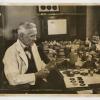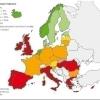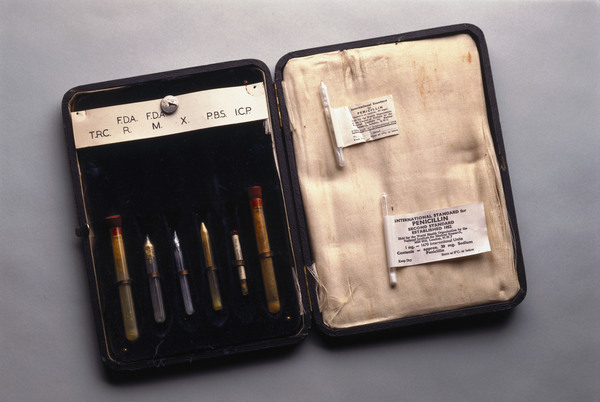Standardizing the 'magic bullet'
A physician needs to know how effective a medicine is in order to prescribe the right dosage. Therefore, a key part of a drug’s development is standardizing the activity of its active substance.
Once discovered, the antibacterial activity of penicillin had to be standardized. Initially its potency was measured in “Oxford Units,” which was defined in tems of the destruction of a small area of bacteria by a drop of penicillin. From 1944, with the growing production of the antibiotic, the British and Americans attempted to determine the absolute potency of pure penicillin. The US Department of Biological Standards and the British National Institute for Medical Research (NIMR) collected penicillin samples from government agencies and industrial manufacturers.
As a result, one International Unit (IU) for penicillin was set as 0.0006 mg in 1945. This was intentionally set as approximately the same as the Oxford unit. Five years later, the Expert Committee on Biological Standardization of the newly formed World Health Organization authorized the NIMR to prepare the Second International Standard. Several samples of penicillin were delivered to eleven laboratories in Belgium, Netherlands, Denmark, Italy, Great Britain, Canada, and the USA. As a result, the IU was set at 0.0005988 mg.
The tiny disparity of few particles of a milligram came about because methods of measurement had become more precise, which made it possible to prescribe more exact dosages.
 Previous Story
Next Story
Previous Story
Next Story
How to cite this page
Slawomir Lotysz, 'Standardizing the 'magic bullet'', Inventing Europe, http://www.inventingeurope.eu/governance/standardizing-the-magic-bullet
Sources
- Humphrey, J. H., Mussett, M. V., and Perry, W. L. M. “The Second International Standard for Penicillin.” Bulleting of World Health Organization, no. 9 (1953): 15-28.



















